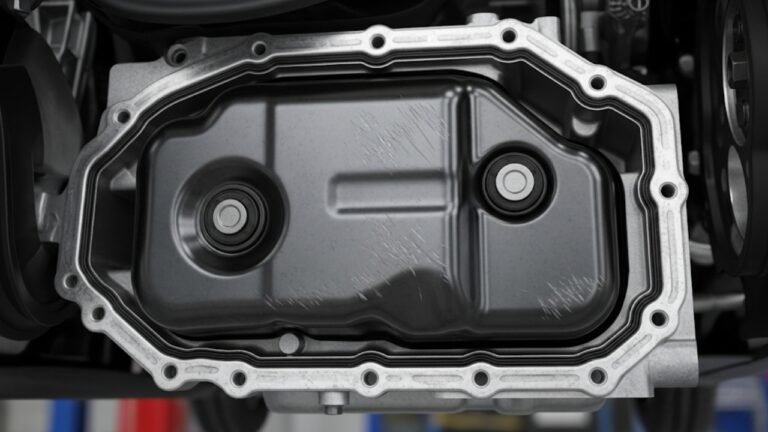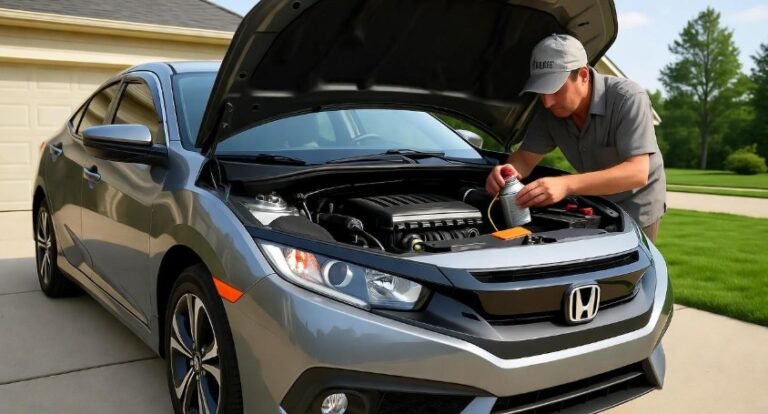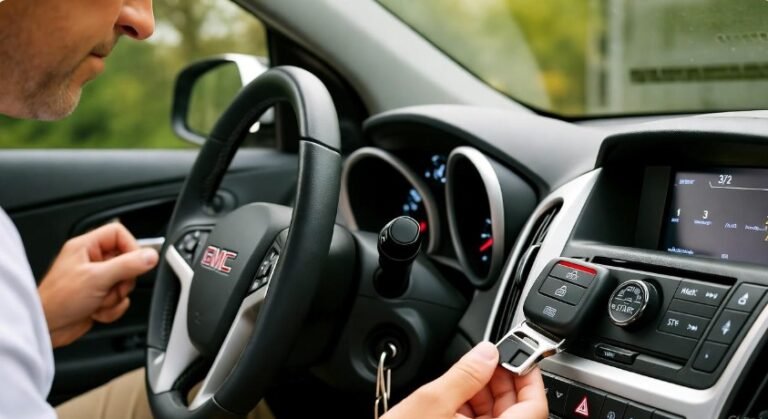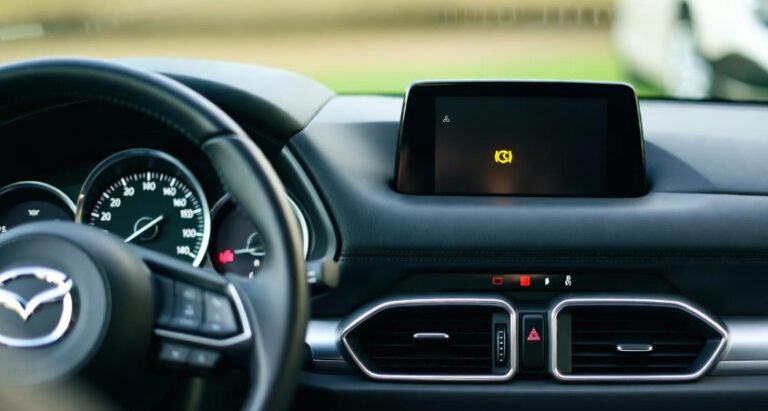How to Compare Car Breakdown Cover Prices the Smart Way
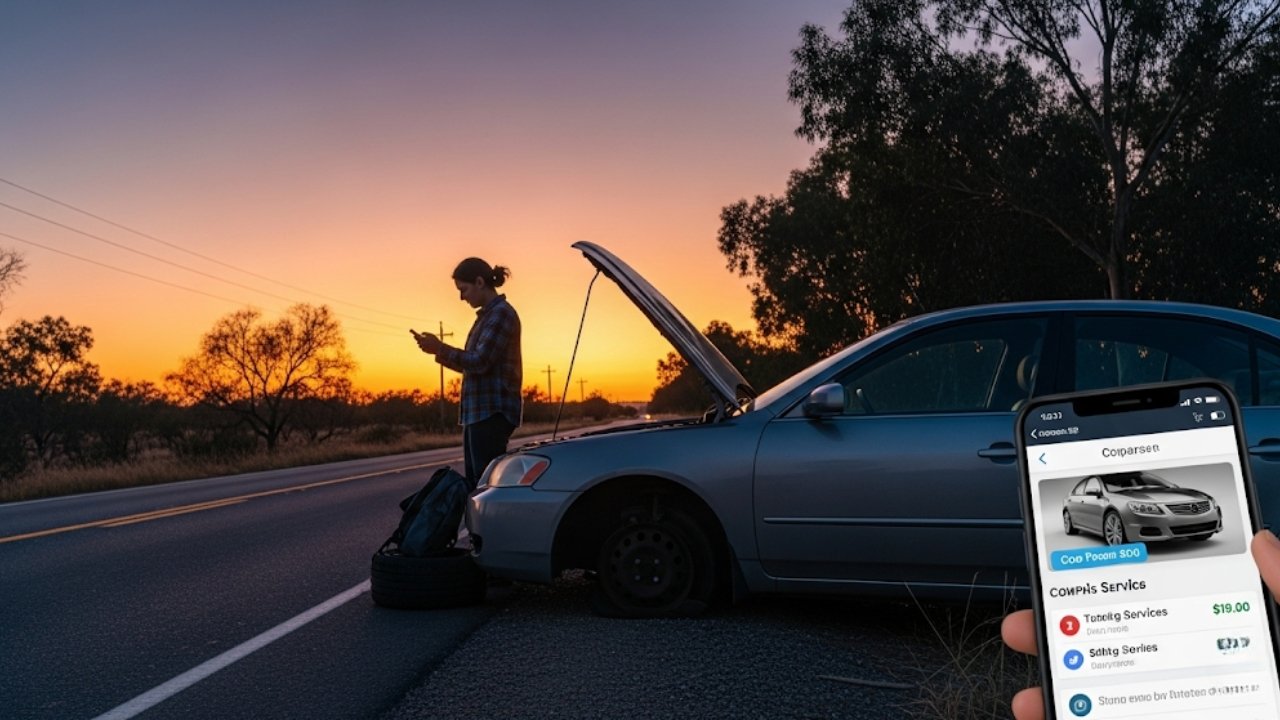
We’ve all been there. It’s late, it’s raining, and your car just won’t start. You try the key again, hoping it’s just a glitch—but nothing. That’s the moment you wish you had car breakdown cover. But here’s the twist: not all policies are made equal. The real trick is knowing how to compare prices and features wisely.
In this guide, we’re going to dig deep into how to compare car breakdown cover prices effectively. I’ll walk you through the maze of providers, policy types, hidden fees, and what really matters when your car gives up on you. Think of this as chatting with a friend who’s made all the mistakes—so you don’t have to.
In This Article
- 1 What is Car Breakdown Cover and Why Do You Need It?
- 2 Why Comparing Prices Matters More Than You Think
- 3 Where Can You Compare Car Breakdown Cover Prices Easily?
- 4 Breaking Down the Costs: What You Really Pay For
- 5 Popular Providers: What Do They Offer?
- 6 Do You Really Need Premium Cover? Let’s Break It Down
- 7 Real-Life Scenarios: What Happens Without the Right Cover?
- 8 How to Read the Fine Print Without Getting Burned
- 9 How to Save Money While Getting the Best Cover
- 10 Bullet Points: Quick Comparison Essentials
- 11 Frequently Asked Questions (FAQs)
- 11.1 1. What’s the average cost of car breakdown cover in the UK?
- 11.2 2. Does car insurance include breakdown cover?
- 11.3 3. Can I get cover if my car has already broken down?
- 11.4 4. Is it worth paying for European breakdown cover?
- 11.5 5. Can I cover multiple cars or drivers with one policy?
- 11.6 6. Is it better to pay monthly or annually?
- 11.7 7. Do older cars cost more to cover?
- 11.8 8. Can I switch providers mid-policy?
- 12 Final Thoughts: Choose Smart, Not Just Cheap
What is Car Breakdown Cover and Why Do You Need It?

Breakdown cover is a type of insurance that helps you if your car stops working. It could be a flat battery, engine trouble, or even a flat tire. Instead of panicking, you call your provider, and they send help. Simple as that.
Types of Car Breakdown Cover:
-
Roadside Assistance: They’ll help if you break down on the road.
-
Home Start: Got car trouble at home? This has your back.
-
National Recovery: They’ll take you and your car anywhere in the country.
-
Onward Travel: Offers a replacement car, hotel stay, or other options to keep you moving.
Did you know? Around 70% of car breakdowns in the UK are fixed at the roadside. Having the right cover really pays off.
Many people skip car breakdown cover to save money, but if you’re stranded on a rural road in winter, you’ll wish you hadn’t. And here’s the kicker—prices and services vary a lot, so it’s crucial to compare car breakdown cover prices before choosing.
Why Comparing Prices Matters More Than You Think
So, you decide to buy cover. Great. But then you hop online and see a dozen options, all claiming to be the best. That’s when it hits you: comparing car breakdown cover prices isn’t just about cost. It’s about value.
Here’s why smart comparing makes a difference:
-
Some policies look cheap but charge more later.
-
Not all offer home start or recovery beyond a set distance.
-
Extras can cost more than you expect.
-
Response time can vary drastically.
Think of it like shopping for shoes. The cheapest pair might save money now—but if they fall apart in the rain, what’s the point?
Top Features to Look at When Comparing Prices:
| Feature | Budget Cover | Mid-Range Cover | Premium Cover |
|---|---|---|---|
| Roadside Assistance | ✔️ | ✔️ | ✔️ |
| Home Start | ❌ | ✔️ (optional) | ✔️ |
| National Recovery | ❌ | ✔️ | ✔️ |
| Onward Travel | ❌ | ❌ | ✔️ |
| European Cover | ❌ | ❌ | ✔️ |
| Average Price (per year) | £30–£40 | £50–£70 | £90–£150 |
Pro Tip: When you compare car breakdown cover prices, always match the cover to your actual driving needs—not just the cost.
Where Can You Compare Car Breakdown Cover Prices Easily?
Okay, so you know what to look for—but where do you even start? Luckily, we live in the golden age of comparison sites. These tools take the hard work out of hunting for the best price.
Best Places to Compare Breakdown Cover:
-
GoCompare
-
Confused.com
-
Compare the Market
-
MoneySuperMarket
-
Uswitch
These sites allow you to:
-
Filter by price, features, and provider.
-
Read customer reviews.
-
Spot promotional deals.
-
Compare multi-car or family policies.
But here’s a personal note: I once used a comparison site that only showed the “featured” results. Turns out, they were paid promotions. Always scroll down and look deeper. Sometimes the real value is hiding just beneath the flashy banners.
Breaking Down the Costs: What You Really Pay For
Let’s talk numbers—because comparing car breakdown cover prices means understanding what drives the cost. The price you see isn’t always the full story.
Factors That Affect the Price:
-
Level of cover (basic vs. full-service).
-
Your car’s age and model.
-
How often you drive.
-
Add-ons like European cover or key replacement.
-
Auto-renewal traps—some providers raise prices after the first year.
When I first got cover, I picked a £35 plan thinking I was smart. Then I realized it didn’t include home start. And I live in a flat where I can’t jump-start my car on my own. Oops.
Here’s what I learned: you get what you pay for, so cheap isn’t always better. It’s about balancing price with peace of mind.
Popular Providers: What Do They Offer?
Each provider has its own approach. Some are no-frills and budget-friendly. Others offer premium services with all the bells and whistles. Here’s a quick breakdown.
Top UK Breakdown Cover Providers:
| Provider | Best For | Starting Price | Notable Feature |
|---|---|---|---|
| AA | Nationwide coverage | £39/year | Covers older cars |
| RAC | Tech-savvy users | £40/year | App-based support |
| Green Flag | Budget-conscious drivers | £25/year | Flexible policy options |
| Start Rescue | Value + fast response | £27/year | UK-based call centres |
| QDOS | Cheap, no-frills | £22/year | Low-cost essentials |
When you compare car breakdown cover prices, look beyond the number. Consider how and where they operate, and how fast they respond when things go wrong.
Do You Really Need Premium Cover? Let’s Break It Down
Now, let’s get real. Most drivers don’t need the highest-level policy with every add-on. But some do. So how do you decide?
Consider Premium Cover If You:
-
Drive long distances often.
-
Own a high-mileage or older car.
-
Travel across Europe regularly.
-
Can’t afford to miss work due to a breakdown.
-
Need peace of mind for your family or young driver.
Otherwise? A mid-range plan might be enough.
I once helped a friend compare plans after her car broke down on the way to Cornwall. She only had basic cover and had to pay £200 just to get towed 40 miles. After that? She upgraded fast.
Real-Life Scenarios: What Happens Without the Right Cover?
Let me share a quick story. My cousin Sara once broke down outside a small village in Wales. It was late, she was alone, and it was freezing. Her basic policy didn’t include national recovery, and the provider wouldn’t tow her more than 10 miles. She had to call a second service, pay £160 on the spot, and wait 3 hours. Talk about a nightmare.
Here’s what we learn from stories like this:
-
Not all breakdowns happen near home.
-
Cheaper cover often has strict distance limits.
-
Towing and hotel stays can be shockingly expensive.
When you compare car breakdown cover prices, think beyond today. Ask yourself, “What if I break down 100 miles from home?”
Sara upgraded her policy the next day. Her new plan includes onward travel, unlimited towing, and overnight accommodation. She now pays £90 a year—and sleeps better because of it.
How to Read the Fine Print Without Getting Burned
Reading terms and conditions might sound boring, but it’s where the real truth lies. Many providers hide important details behind vague words. That’s where people get tricked.
Here’s what to watch out for:
Red Flags to Avoid:
-
“Up to” mileage limits (not always unlimited).
-
Home start only available after 24 hours from sign-up.
-
No coverage if you’ve had recent mechanical issues.
-
Claims limits—like only 3 call-outs per year.
-
High cancellation fees.
Green Flags to Look For:
-
Immediate cover with no delays.
-
Unlimited call-outs.
-
No mileage restrictions on recovery.
-
Coverage for driver and any car (great for families).
You don’t need to be a lawyer—just slow down, take your time, and compare car breakdown cover prices with attention to the details.
How to Save Money While Getting the Best Cover
Let’s be honest: we all want a good deal. The goal isn’t just the cheapest policy—it’s the best value. Here are some tricks I’ve picked up over the years that help you pay less without losing peace of mind.
Money-Saving Tips:
-
Use comparison websites, but double-check on the provider’s own site too.
-
Avoid auto-renewals. Prices often go up in year two.
-
Bundle with car insurance—many insurers offer discounts.
-
Choose multi-vehicle or family plans if you have more than one driver.
-
Look for cashback deals on sites like TopCashback or Quidco.
-
Sign up during promotions, like Black Friday or end-of-year sales.
One year, I switched providers during a January promo and saved £30—just by comparing options for 20 minutes.
Remember, when you compare car breakdown cover prices, time spent now can save you money (and frustration) later.
Bullet Points: Quick Comparison Essentials
Here’s a fast checklist to keep in mind while shopping for cover:
-
✅ What’s included (roadside, home, recovery, travel)?
-
✅ Any call-out or mileage limits?
-
✅ Is European travel included?
-
✅ How long before coverage starts?
-
✅ Are there restrictions based on vehicle age?
-
✅ Is there an excess fee per claim?
Use this list as your pocket guide—it can save you from buying a policy that looks good but doesn’t deliver when it matters.
Frequently Asked Questions (FAQs)
1. What’s the average cost of car breakdown cover in the UK?
The average ranges from £30 to £150 per year, depending on the level of cover. Basic roadside assistance is cheapest, while full cover with European protection costs more.
2. Does car insurance include breakdown cover?
Not always. Some comprehensive car insurance policies offer optional add-ons for car breakdown cover, but you’ll usually need to pay extra.
3. Can I get cover if my car has already broken down?
Not usually. Most providers have a waiting period or charge extra for immediate help. It’s best to buy breakdown cover before you need it.
4. Is it worth paying for European breakdown cover?
If you drive abroad, yes. It can cover roadside repairs, repatriation, and onward travel—saving you hundreds if your car breaks down in Europe.
5. Can I cover multiple cars or drivers with one policy?
Yes! Some providers offer multi-vehicle or personal cover. Personal policies follow the driver, not the car—great for families or people using different cars.
6. Is it better to pay monthly or annually?
Annual payments are usually cheaper overall. Monthly plans might look affordable, but they often come with interest or admin fees.
7. Do older cars cost more to cover?
Sometimes. Cars over a certain age might have higher premiums or limited options—so be sure to compare car breakdown cover prices with your vehicle’s age in mind.
8. Can I switch providers mid-policy?
Yes, but check for cancellation fees. Some providers offer a pro-rata refund, others charge for early exit.
Final Thoughts: Choose Smart, Not Just Cheap
At the end of the day, breakdown cover is something you don’t think about until your car stops working. And then, it’s all that matters. The difference between standing by the roadside for five hours or being safely towed home can come down to one decision: which cover you chose.
So take a deep breath, grab a cup of tea, and really look at your options. Use the comparison sites. Check reviews. Read the fine print. Ask questions. When you compare car breakdown cover prices, don’t just look at pounds and pence—look at what your future self will need in an emergency.

